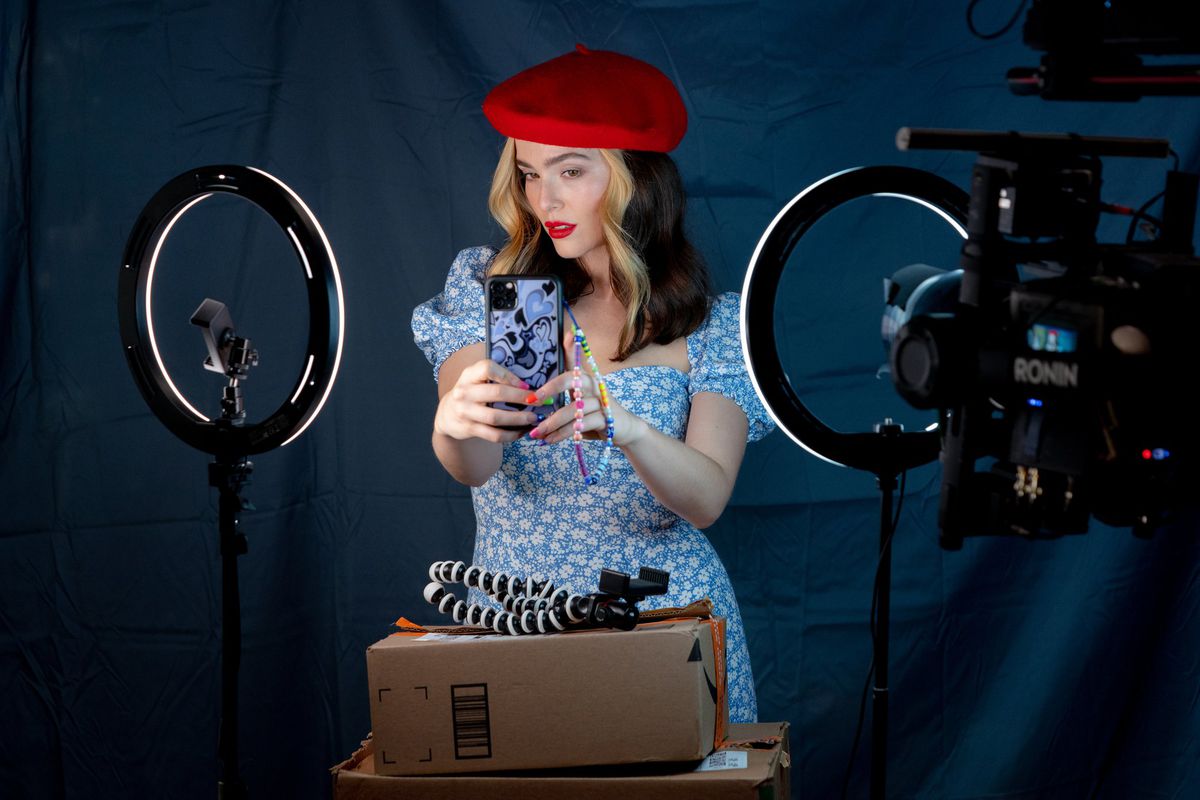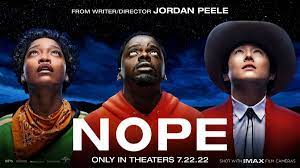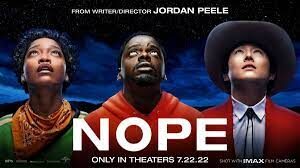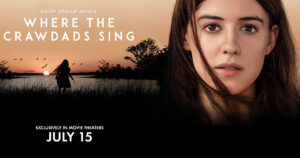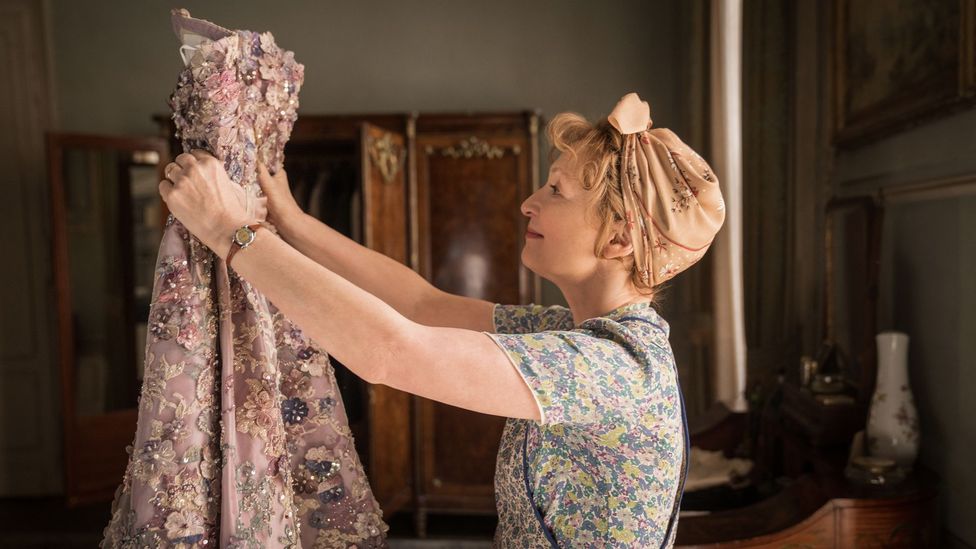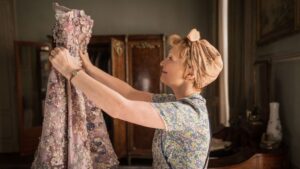Not Okay
Posted on July 27, 2022 at 5:54 pm
B-| Lowest Recommended Age: | High School |
| MPAA Rating: | Rated R for language throughout, drug use and some sexual content |
| Profanity: | Very strong language |
| Alcohol/ Drugs: | Alcohol and drugs |
| Violence/ Scariness: | Pervasive references to violence including terrorism and mass shootings |
| Diversity Issues: | Diverse characters |
| Date Released to Theaters: | July 29, 2022 |

But the character and the script are still too thinly written to sustain an almost-two-hour film, especially one that tells us up front how it is going to end. And it is a story we know already because we live in the world of social media and cancel culture. You’ve heard the expression “live by the sword, die by the sword?” That could have been coined to describe the 21st century world of social media. Have you ever heard of the Milkshake Duck? It’s a description of the lightning-fast online progression from irresistible viral sensation to controversy to catastrophe to canceled.
And yet, like Danni, too many of us still measure ourselves in likes and clicks. Danni explains, “Have you every wanted to be noticed so badly you didn’t care what it was for?” She says she wants to be seen, wants to be important, wants to have some purpose, to matter.
It turns out, she doesn’t really want to be seen. She wants to be seen AS — seen as popular, seen as successful. But not as herself, awkward, insecure, needy. She does not understand that she will be more invisible seen as something other than her real self than she was when she was an overlooked, low-level photo editor and aspiring writer.
And so, she pretends she has been accepted at a writers retreat program in Paris. She takes a few days off from work and fakes a bunch of pictures that make it look like she’s wearing a beret, visiting the Arc de Triomphe, and enjoying a croissant. It works! Lots of clicks and followers! Then she wakes up to discover that there has been a terrorist attack in Paris, at a location she had pretended to visit and everyone thinks she was there. She leans into it, accepting sympathy, writing an article about surviving trauma and encouraging others to use the hashtag #iamnotokay.
She joins a support group for people who have experienced extreme violence. She is disengaged until she realizes one of the members of the group is a young survivor of a school shooting named Rowan (Mia Isaac) who has an impressive social media profile. Danni befriends Rowan to escalate her own profile. But she discovers that some people are not who they pretend to be online. Some are even more authentic and sincere, and Rowen, an activist and poet, is completely genuine, so much so that she assumes Danni must be, too.
This seems to be the year of the fake-it-until-you-make it stories, from fake heiress Anna Delvey and Theranos founder Elizabeth Holmes to WeWork’s Adam Newmann and Uber’s Travis Kalanick. Danni is not based on a real person but she is based on a real phenomenon. But the characters here are just as superficially drawn as the presentational duckface posers on Instagram and TikTok. We do not have to like a character for a movie to be successful, or for the character to have a happy ending, but we do have to see a complete character and here Danni is just an idea.
Parents should know that this film deals with trauma from terrorism and mass shootings. Characters use strong language, drink alcohol and use marijuana, and have unprotected sex in an explicit scene (no nudity).
Family discussion: Who do you follow online and why? How are you different from your online persona?
If you like this, try: “Disconnect” and “The American Meme”

